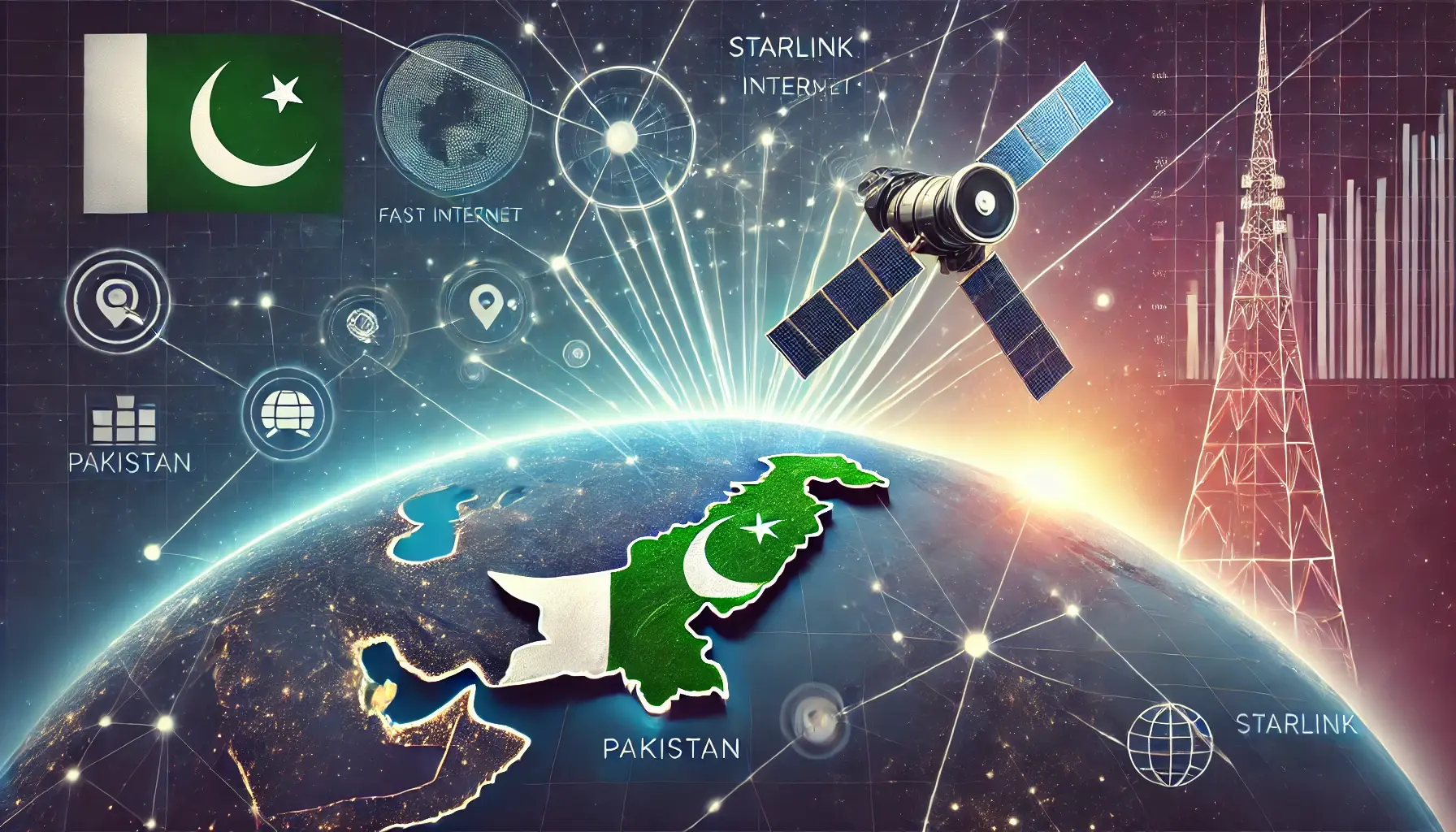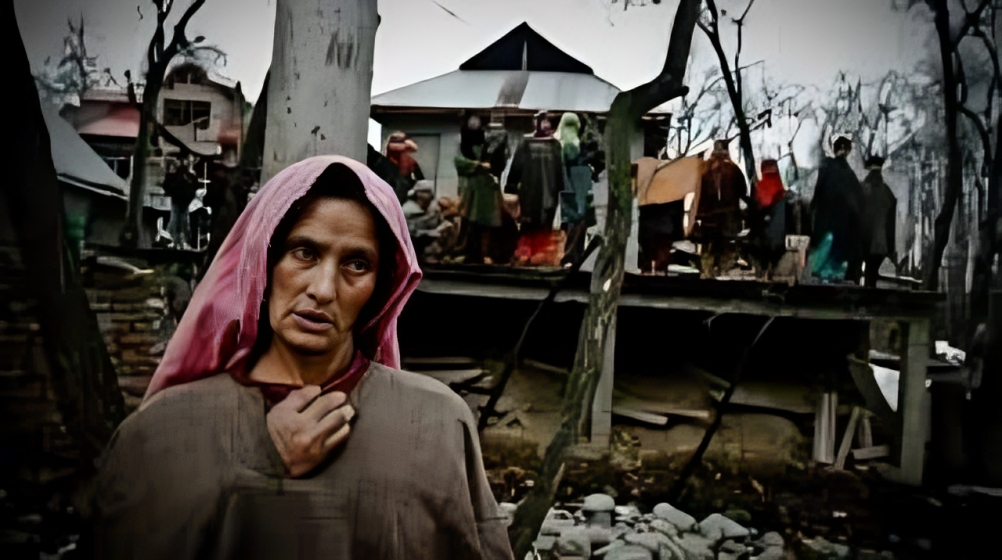Pakistan’s Population: Blessing or Burden? Population dynamics are essential in shaping a nation’s economic and social flight. Pakistan, with its spirited demographic of over 240 million, holds Brobdingnagian potential. However, this large population poses vital challenges regarding resource management, education, and employment. During this weblog, we explore whether “Pakistan’s Population: Blessing or Burden” competently describes the nation’s demographic situation and assess how policies will flip challenges into opportunities.
Understanding Pakistan’s Demographics
Pakistan is the fifth most densely settled country globally, with a young population, with sixty-fourths under the age of thirty. This demographic will be a game-changer if nurtured properly. The population is various, unfolding across active urban centers and remote rural areas. The disparities between these regions typically verify whether or not this population is viewed as a quality or a liability.
Urban Growth: Cities like Metropolis, Lahore, and Islamabad are increasing apace; however, they face problems like overcrowding and resource shortages.
Rural Challenges: Rural areas struggle with inadequate education and tending, making economic Contribution challenging for an outsized portion of the population.
This context highlights why the talk over “Pakistan’s Population: Blessing or Burden” remains relevant.
The Blessing: Opportunities to increase
1. Economic Boost from Young Hands
A large, vernal population could be a tremendous resource. With the correct development ability and employment opportunities, Asian countries might be experts in the fast economic process. Countries like China and the Republic of India have incontestible; however, a large population will result in world economic prominence.
For example, the IT sector in Asian countries has already begun to exploit this advantage, with startups flourishing and international contracts increasing. This trend supports the idea that “Pakistan’s Population: Blessing or Burden” leans toward a blessing.
2. Augmented client Market
The rising population suggests augmented demand for products and services. Industries like agriculture, retail, and production have a growing market to cater to. With strategic design, this could result in sustained economic processes and job creation.
3. World Hands Contribution
Countries like Asia, the UAE, and Europe progressively believe in foreign employees. Pakistan’s labor, with correct coaching, will meet these demands and contribute considerably to foreign remittances. This supports the read that “Pakistan’s Population: Blessing or Burden” will tilt toward a blessing.
4. Innovation and Cultural Richness
The diversity among Pakistan’s population sparks power and innovation. Cultural festivals, ancient crafts, and trendy entrepreneurship mirror the untapped potential of a thriving demographic.
The Burden: Challenges of population
1. restricted Resources
Overpopulation strains natural resources. Asian country faces severe challenges in:
Water Availability: Asia is among the foremost water-stressed countries globally, with apace-depleting reserves.
Energy Shortages: Frequent restriction hampers productivity and quality of life.
These resource challenges build “Pakistan’s Population: Blessing or Burden,” a pressing question.
2. Education Crisis
Despite a young population, the country has one of the rock-bottom skill rates in South Asia. Many kids stay out of college, and people attending lack quality education. This creates a workforce unprepared for contemporary challenges.
3. tending Struggles
Pakistan’s tending system wants to cater to its growing population. Problems like deficiency disease, death rate, and lack of basic facilities are widespread.
4. Urban Overcrowding and Pollution
Rapid urbanization, while not adequately designed, has semiconductor diode to slums, tie-ups, and environmental degradation. Significant cities like metropolises rank among the foremost impure towns in the world.
5. state and poorness
The job market cannot absorb the number of individuals who get into the hands annually. This state fuels poorness and social unrest, shifting the narrative of “Pakistan’s Population: Blessing or Burden” toward a burden.
Lessons from Alternative Countries
Global examples show that population challenges will become opportunities:
China: Leveraged its large population to produce dominance.
India: used its youth for IT and repair sector growth.
Bangladesh: centered on empowering girls and dominant increase through birth prevention initiatives.
If an Asian country adopts similar ways, it will tip the balance of “Pakistan’s Population: Blessing or Burden” toward a blessing.
Transforming Challenges into Opportunities
To harness their population, Asian countries should target these strategies:
1. Education Reform
Investing in education is vital. Education, e-learning platforms, and STEM education will prepare Pakistan’s youth for the worldwide job market.
2. Birth prevention and tending
Public awareness campaigns on birth prevention will stabilize and increase. At the same time, rising tending services can enhance productivity and quality of life.
Encouraging entrepreneurship through government incentives and personal investment will produce jobs. I am fond of supporting industries, such as renewable energy, and businesses will absorb the growing hands.
4. Property Development
Adopting inexperienced initiatives, like renewable energy and renewal, will mitigate environmental challenges and improve urban living conditions.
5. Empowering girls
Educating and economically empowering girls considerably impacts birth prevention and the economic process. Countries that have centered on gender equality have reaped demographic dividends.
Future Implications: Blessing or Burden?
If an Asian country implements these solutions effectively, its population will become the backbone of a thriving economy. However, failure to act might exacerbate existing problems, turning its demographic advantage into a drawback.
Ultimately, “Pakistan’s Population: Blessing or Burden” could be a question of priorities. Strategic education, healthcare, and governance reforms are essential for a brighter future.
Conclusion
The debate over“Pakistan’s Population: Blessing or Burden” captures the essence of an important call for the state. At this juncture, Pakistan’s growing population represents huge potential and essential challenges. Whether or not this demographic becomes a catalyst for development or an associate degree obstacle to progress depends entirely on the steps taken nowadays.
Proactive measures will remodel Pakistan’s population into propulsion for innovation, economic process, and world contribution. Pakistan will empower its youth to vie in a globalized world by investing in education, healthcare, and talent development. Industries like technology, agriculture, and renewable energy hold tremendous promise if the force is well-equipped to fulfill trendy demands. With correct coming, this burgeoning population will evolve into a cornerstone of national development, proving that “Pakistan’s Population: Blessing or Burden” isn’t just a matter of numbers but of effective management.
On the flip side, neglecting the wants of this huge population can intensify socio-economic problems. Bowed-down infrastructure, state, and environmental degradation may push the country into a cycle of financial condition and instability. While not pressing reforms in birth control, urban development, and resource management, the challenges related to a growing population can outweigh its edges.
Ultimately, the responsibility falls on policymakers, establishments, and, therefore, the voters themselves. They need to adopt ways that align with long-run goals. Public awareness campaigns, innovative policies, and community participation will all contribute to turning Pakistan’s demographic challenge into a chance.
As history has shown, the dimensions of a population aren’t inherently tangled. Success depends on how a nation leverages its human capital. With the correct approach, Pakistan will definitively answer the question, Pakistan’s Population: Blessing or Burden, by remodeling its folks into its most excellent quality.
Another Exciting News: Global Business Networking Takes Central Stagein Pakistan








Leave feedback about this